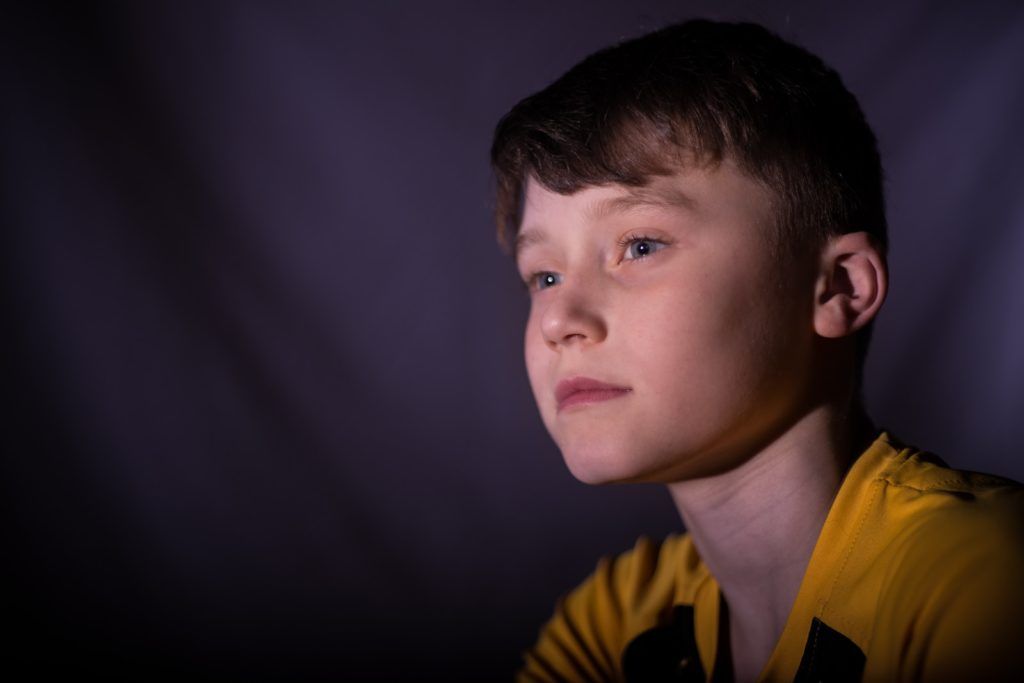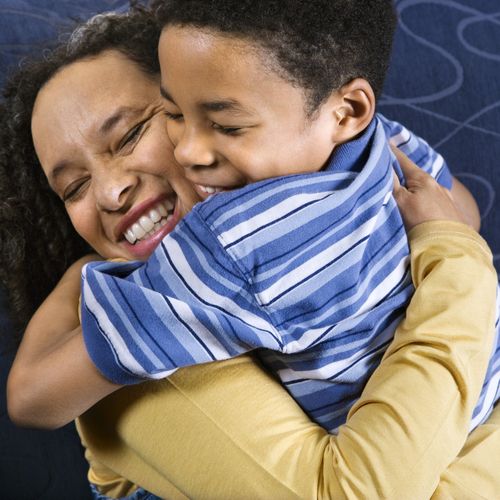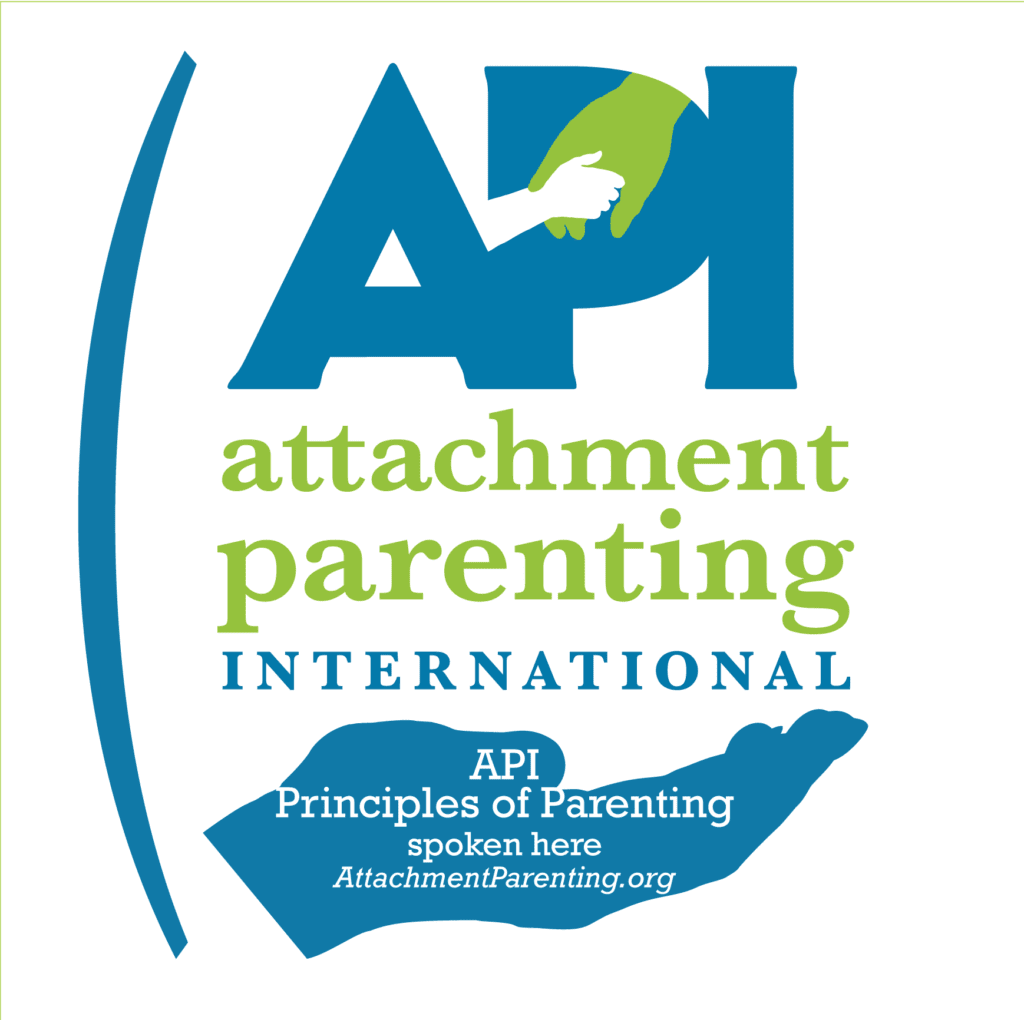Anxiety Whack-a-Mole

Learning to manage anxiety means playing the long game. For kids and parents who have the kinds of brains that tend to get anxious, we’re not talking about a one-and-done effort. Anxious people need to learn how to live with anxiety because it’s not something to be cured. Instead we need to learn how to cope with worries in productive ways.
When we teach kids how to face up to and manage their response to their worries then they can face being nervous without becoming completely undone. But it’s just not realistic to say, “Hey, if you do this thing then you’ll never be anxious again.” Of course they’ll be anxious again and that’s not a failure. That’s not a failure of theirs or a failure of yours; it’s part of the reality of being a person with anxiety.
Anxious people see the world in a particular way. Their brains are looking and preparing for things that might go wrong and that’s not likely to change with therapy or meds. The issue is not the anxious brain; it’s the way the anxious brain learns to handle being anxious. Instead of going straight to worst case scenario, we want to slow the anxious brain down to be more realistic when assessing the situation. Instead of becoming physically undone by anxiety symptoms, we want to teach the anxious brain to breathe through the sweaty palms and calm the fluttering stomach.
But new situations, new developmental stages, and new challenges are likely to bring an anxious person back to anxiety and they will need to walk themselves through the process again. With practice it will get easier but to expect our anxious children to be cured, well, that’s not realistic.
Preparing for relapse (a step back to anxious behaviors) is part of being an anti-anxiety family. It’s not negative to acknowledge that lessons will need to be practiced and even relearned. It’s not failure to have to go back to the beginning and revisit our early lessons and skills. It’s part of the process of being a person with a sensitive, thoughtful, cautious and yes, anxious brain.








